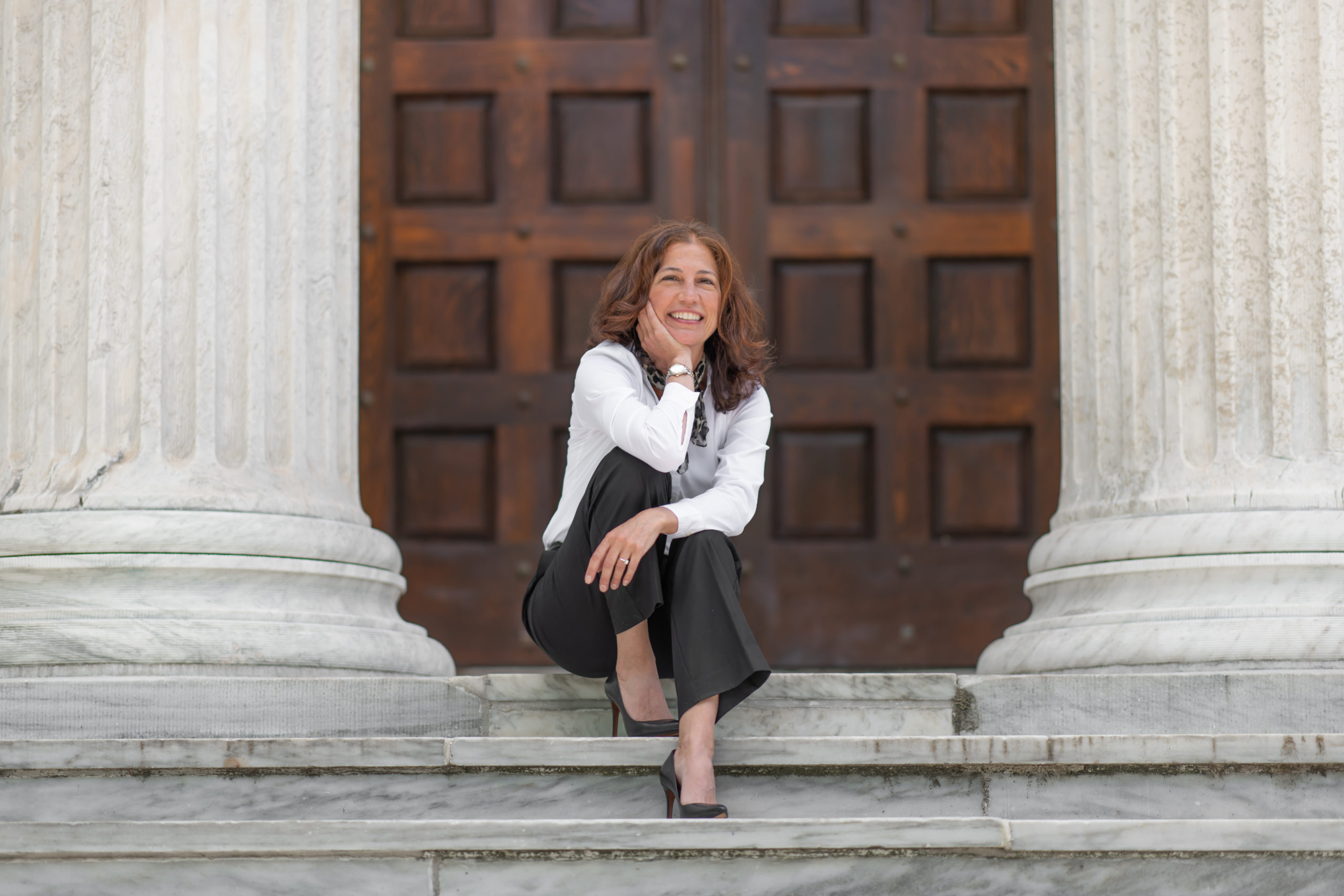
Structural Inclusivity and Yoga’s Work in the World
This past September brought an unexpected trip to the ER, an experience that has stayed with me. My fiancé had a TIA, a transient ischemic attack, or mini-stroke. First, let me say: he’s doing well now.
We went to the hospital on a Wednesday evening. And the brilliance of the medical system showed up right away. Within about five hours, they had run scans, read the tests, and could tell us exactly what part of the brain had been affected. They pulled up the images, circled the area, and explained what it meant. It was extraordinary, a gift of precision and knowledge. This kind of science is nothing short of amazing.
But then came the other side. After that brilliance, everything got weird. We waited for hours, then days. Not because of his condition, but because the hospital’s structure required us to move through a maze of scheduling and approvals. Different people came in asking the same questions over and over. There was duplication, delay, and whole stretches of time where nothing happened except waiting.
He didn’t leave until Saturday morning, not because of urgent care, but because the system itself needed to check its boxes. So we found ourselves caught in the paradox of systems: brilliance and harm, all in the same place.
The Pattern of Broken Systems
This isn’t just healthcare.
In education, we see brilliant teachers giving everything to their students every single day. And at the same time, rigid testing requirements and standardization often ignore the wisdom and context of those very children.
In the legal system, on one hand there is clarity, protection, and justice. On the other, whole communities get trapped in cycles that serve the structure rather than the people.
That’s the pattern, the samskara, we see again and again. Brilliance on one hand, harm on the other. Systems built around priorities like control and efficiency, often driven by profit, end up serving themselves more than people.
As I say often, I may not know fully what love is, but I know what it is not. In the same way, I may not yet know all that a non-harming, inclusive structure looks like. But I know what it is not. And what I experienced in that hospital was not it.
Hospicing Modernity
I am a student of Vanessa Andreotti’s work, especially what’s outlined in her book Hospicing Modernity. There she suggests that maybe our task is not to keep trying to fix broken systems, but to recognize that many of them are in decline.
Hospicing doesn’t mean destroying. It means acknowledging what these systems gave us, seeing their limits, and then consciously, compassionately letting them go.
It’s a shift in mindset. Instead of patching up the old, we create the space for something new to be born. That’s how structural inclusivity begins - not by layering new paint on old foundations, but by building differently from the ground up.
Where Yoga Comes In
This is where yoga comes in.
At its heart, yoga is about removing what obstructs wholeness. It’s not just poses or breathing, it’s about liberation. Liberation from suffering, from disconnection, from the systems that keep us fragmented.
When we bring that lens to how we organize as a yoga community, we have to ask: are we recreating the same rigid, top-down systems that cause harm? Or can we design structures that are inclusive, adaptive, and healing?
AYC as a Movement in the Right Direction
This is why the work of the American Yoga Council (AYC) matters.
I’m not saying AYC is the answer or the only way forward. But it is a step, a movement in the right direction. It’s experimenting with something different: recognizing teachers not just for hours logged, but for their capacity, demonstrated ability, context and lived experience.
That shift, from rigid hours to real-world ability, is what structural inclusivity can begin to look like in practice, because it widens the frame.
In this way, AYC offers us an example, not the final word, but a step along the path of yoga doing its work in the world: creating structures that move toward belonging.
What New Systems Could Look Like
So what might new, inclusive systems look like?
- Decentralized: giving local teachers and communities more autonomy.
- Context-aware: honoring lived experience, diverse traditions, and the wisdom of those at the margins.
- Accountability-focused: building in feedback and repair, rather than punishment and rigidity.
These qualities make systems resilient and supportive, rather than rigid and harming.
Becoming the Work
The real invitation here is not only about what we do, but who we become.
If we become more inclusive, more accountable, more attuned to relationship, then the systems we build will reflect that.
The goal of the American Yoga Council is to do just that!
Structural inclusivity isn’t a side project. It is yoga’s work in the world.
So may we hospice what no longer serves, and with courage and compassion, create structures that honor the whole: individuals, communities, lineages, and the deeper wisdom of yoga itself.
More posts about





